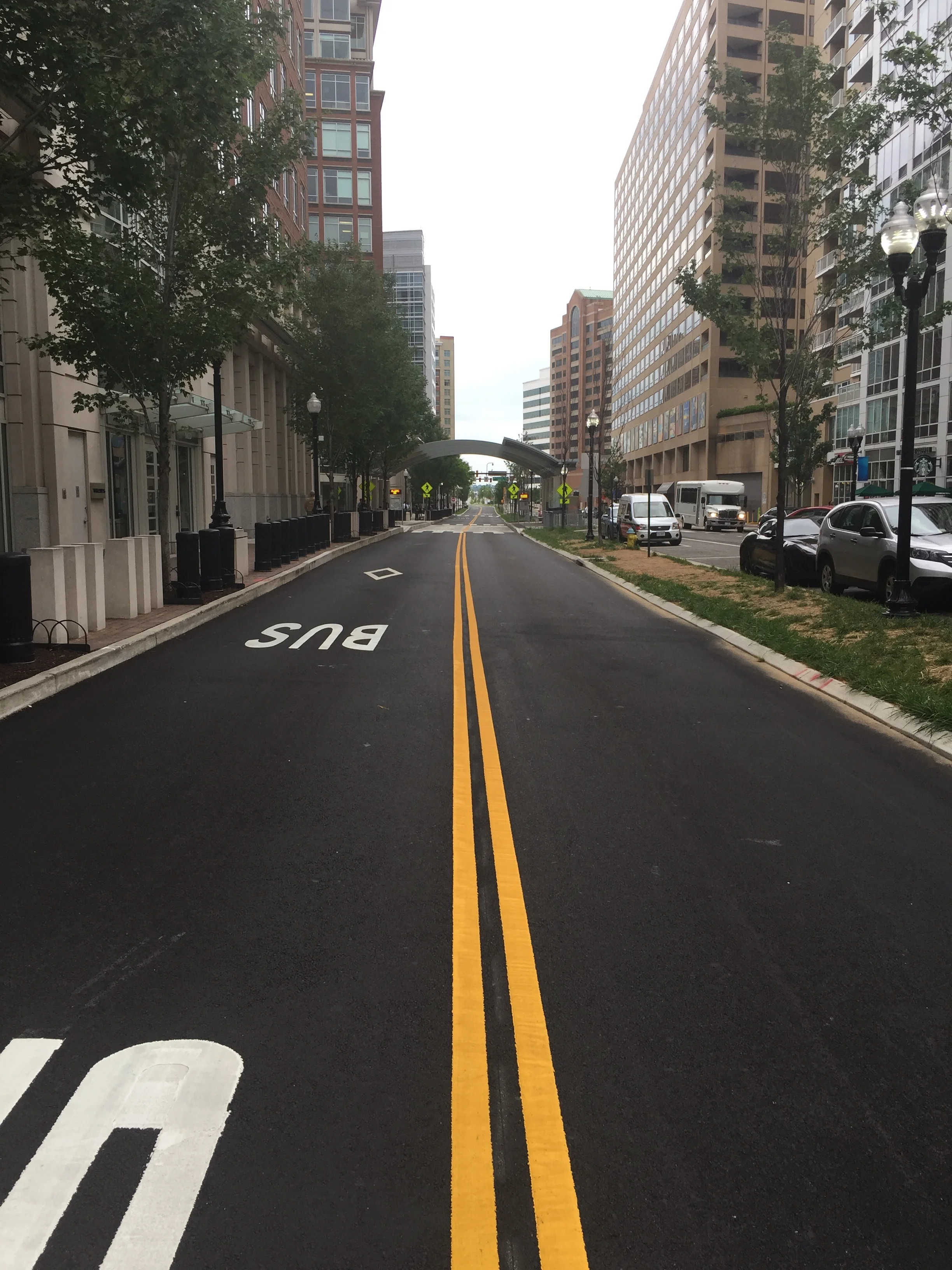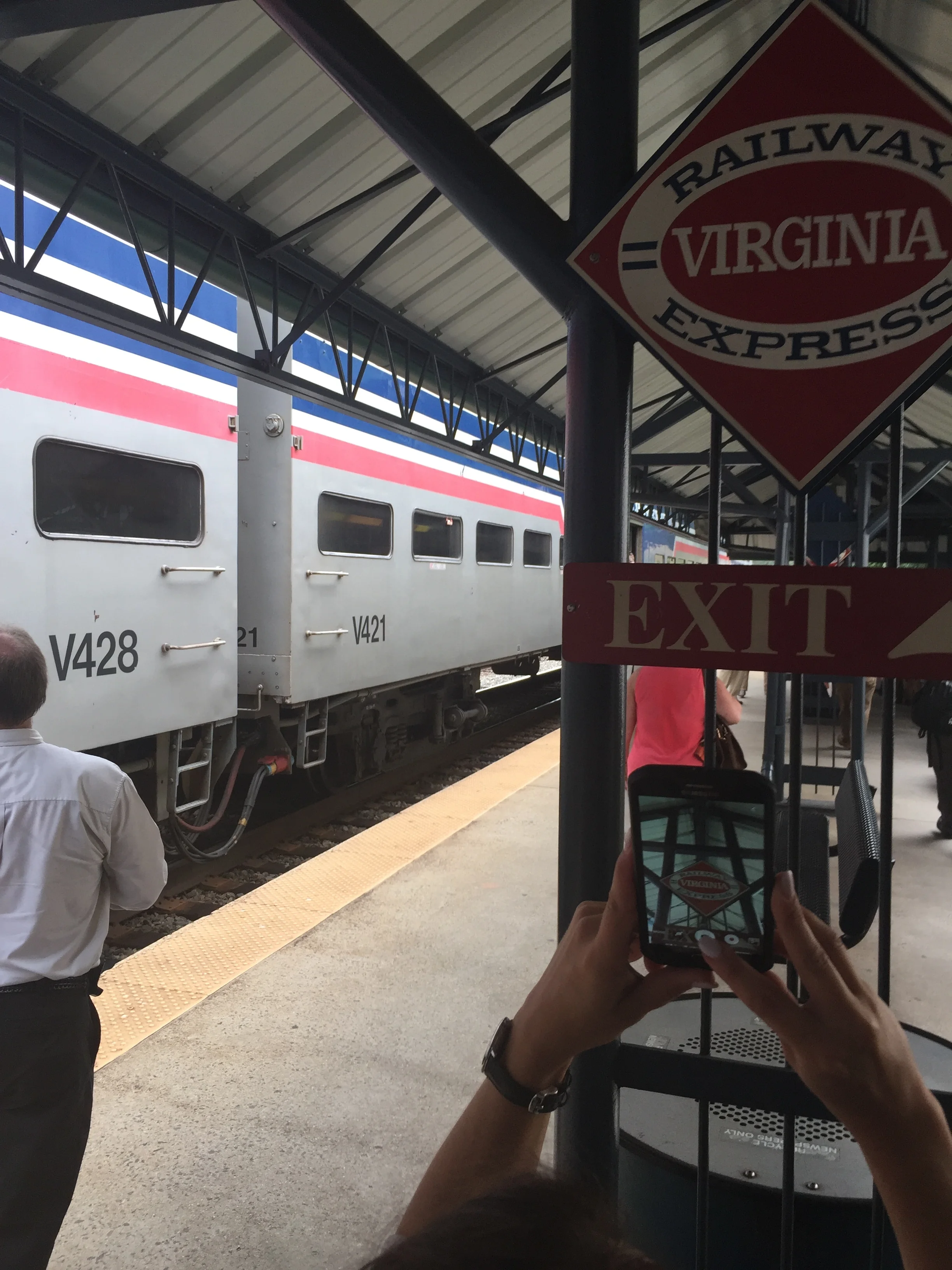Wake Transit: Good for business, good for all of us
The recommended Wake Transit plan is good for business. And good for all of us.
Earlier this year, the Regional Transportation Alliance business coalition formally endorsed the recommended Wake Transit plan.
You can download the full plan and its multipronged emphasis on bus rapid transit, enhanced frequent network, and commuter rail here.
The recommended transit plan is good for our region, good for business, and good for our future. This point-of-view offers a few perspectives on why that is.
About transit
There is a host of ways one could define transit, and given technology changes such as ride-sharing, online maps, and emerging automation, it may seem like the definition of what transit is and is not will continue to evolve out of necessity.
Or maybe not.
The RTA continues to define transit in this simple way: travel in a town, city or region, in a vehicle that you do not own, and that you do not have to drive, operate, or park.
Transit can be publicly-owned, funded, and operated, or simply publicly-available but owned, funded, and/or funded by either the public or private sectors.
Transit is not walking or bikesharing, although improvements to pedestrian and bicycle travel – such as the new Raleigh bike share system supported by RTA and approved this week by City Council – will certainly help transit. Transit can include private carsharing, as long as you aren’t the one doing the driving, and indeed some communities are using carsharing to complement and extend the reach of publicly-provided bus service.
And of course, transit certainly would include existing or enhanced buses, as well as new commuter trains, and even the personal rapid transit concepts proposed for Raleigh near downtown and North Hills.
Why transit
The regional business community has been a proponent of enhanced transit for many years. The reasons for our support are legion, and include the following:
- More travel options both now and as we continue to grow
- Competitive advantage in attracting/retaining talent
- Alternative to driving and a means to avoid congestion, parking
- Access to jobs, healthcare, education, social and cultural events
- Focus land use, support sustainable and walkable development
I firmly believe that, as transit becomes more ubiquitous and effective, more of us will use it, and we will soon wonder how we got along without an effective enhanced transit system as a community.
An effective transit system
Wake County transit consultant Jarrett Walker has listed seven elements of useful transit:
- “It takes me where I want to go.”
- “It takes me when I want to go.”
- “It’s a good use of my time.”
- “It’s a good use of my money.”
- “It respects me.”
- “I can trust it.”
- “It gives me freedom to change my plans.”
This is an outstanding list, and this would be an excellent foundation or checklist for developing a “bill of rights” for transit riders as our system grows.
Building on Walker’s insights, here is my suggestion for a definition of an “effective” transit system: one that we do not have to think about how to use, and that the vast majority of us would at least consider using for travel for one or more trips over the course of a month.
As for Wake County today, let me get right to it – based on the suggested definition above, we currently don’t have an effective transit system.
While the lack of an effective system hasn’t (apparently) impacted our growth trajectory, it remains both a threat to our future and a lost opportunity for today.
Fortunately, the recommended Wake County transit plan will change that.
RTA goals for transit in Wake County
Wake County is large in population – now more than 1,000,000 residents – but also geographic size. Indeed, Wake has more than twice the land area of Fairfax County, Va., yet we still have fewer residents than Virginia’s most populous jurisdiction. Given that dispersion, there simply would be no way to serve all of us with rail service – or even enhanced bus service with dedicated lanes – for all but a small fraction of our travel given the capital costs. That having been said, the implementation costs are much lower with bus, the timelines are faster, and the service is more flexible.
In summer 2015 the RTA business coalition established several recommendations on current regional transit initiatives:
- Ensure strong regional connectivity
- Serve us both now and as we grow
- Leverage funding support from all levels of government
In addition, we developed specific recommendations for the Wake Transit initiative:
- Support the inclusion of a solid frequent network
- Encourage focus on speed, quality, practicality, scalability and permanence
- Support multiple BRT corridors, including bus lanes where appropriate
- Support freeway BRT on I-40 and I-540
- Ensure we don’t overspend on infrastructure for non-frequent service
It turns out that the vast majority of those elements have been included in the recommended Wake Transit plan, and the recommended plan lays the groundwork for the remaining ones.
Our community has evolved, our thinking has evolved, and so has our plan
I remind our members that we rejected the prior draft transit plan for Wake County in 2013due to concerns about the uncertain, delayed, and narrow geographic focus of the proposed benefits, along with substantial opportunity costs.
I am pleased to report that the new recommended plan avoids all of those prior concerns while minimizing the risk of technology lock-in.
Indeed, over the past few years, we have learned much about the potential of a bus rapid transit based approach and the opportunity that a frequent network provides our community. We are pleased to see these elements become the basis for a multimodal transit plan that will serve our county well, both now and as we grow, while being flexible enough to accommodate technology change and various growth patterns.
The recommended Wake Transit plan
The new recommended Wake Transit plan incorporates feedback from both respected local and national consultants coupled with broad input from the public to create a multifaceted approach for enhancing mobility.
As I have reviewed the plan, my sense is that it has four overarching characteristics that benefit our community:
- Rapid speed of implementation with a purposefully short time horizon
- Broad geographic reach
- Enhanced quality and quantity of transit service
- Flexibility amid rapid growth and technology change
To say it another way, the proposed transit improvements in the recommended plan will occur quickly and significantly across the entirety of the county, without committing our community to a costly and inflexible technology-lock-in that we would likely later regret for both financial and political reasons.
Wake County notes that the plan has four “big moves,” which are:
- Stronger regional connections
- Connections to all communities
- Frequent, reliable bus service
- Enhanced access to transit
The plan incorporates these big moves in the following ways:
- Adds more than 60 new miles in our frequent transit network, providing service every 15 minutes or better for the vast majority of the day
- Creates 20 miles of bus rapid transit infrastructure as an enhanced version of our frequent network, with partial dedication of lanes where appropriate
- Increases overall bus service by approximately three times current levels
- Expands regional connections with enhanced express bus and initiates 37 miles of regional commuter rail service
We have created some FAQs and an overview deck about the plan for your use.
Bottom line
The new recommended Wake Transit plan is a solid plan that emerged from a bipartisan process, with broad representation from all communities and across the county.
The RTA Steering Committee unanimously endorsed the plan for the reasons outlined above. It is worthy of our growing community, and of your support.
The regional business community will have more to say about the benefits of the recommended plan for our community in the coming months prior to a November 2016 referendum vote.
Thank you for reading, and for your support and focus on our community’s and region’s future.
– Joe
Joe Milazzo II, PE serves as executive director of the Regional Transportation Alliance business coalition



